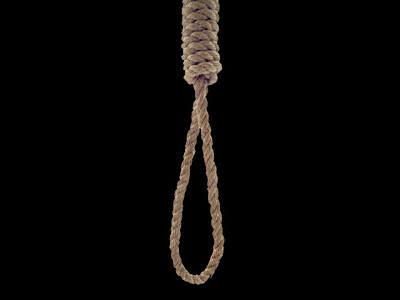GreenNGold89
formerly bbllplaya23
- 6,551
- 2,063
- Joined
- Apr 5, 2005
Barry Bonds is going to pay the college bills for Bryan Stow’s children. Very classy move Barry.
Follow along with the video below to see how to install our site as a web app on your home screen.

Note: this_feature_currently_requires_accessing_site_using_safari







 [h4]Bryce Harper[/h4][h5]#34 RF
[h4]Bryce Harper[/h4][h5]#34 RF [h4]Heath Bell[/h4][h5]#21 RP
[h4]Heath Bell[/h4][h5]#21 RP
 [h4]Bryce Harper[/h4][h5]#34 RF
[h4]Bryce Harper[/h4][h5]#34 RF [h4]Heath Bell[/h4][h5]#21 RP
[h4]Heath Bell[/h4][h5]#21 RP

As a former catcher, I would definitely be pissed if it resulted in a rule change. I always laughed when someone would try to truck me. I'm wearing all this protective gear and you're gonna try to run me over?Originally Posted by dland24
As a baseball purist, I will be PISSED if this Buster Posey injury results in a rule change. I saw nothing wrong with the play. It was good hard baseball. It was just bad luck.
As a former catcher, I would definitely be pissed if it resulted in a rule change. I always laughed when someone would try to truck me. I'm wearing all this protective gear and you're gonna try to run me over?Originally Posted by dland24
As a baseball purist, I will be PISSED if this Buster Posey injury results in a rule change. I saw nothing wrong with the play. It was good hard baseball. It was just bad luck.